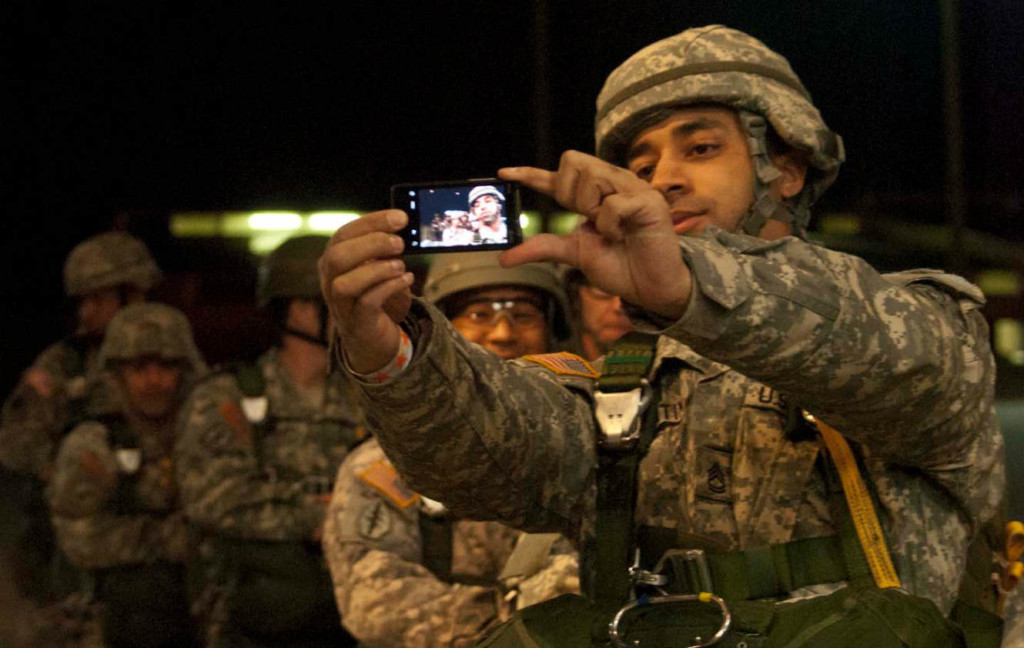Force of the Future and the Alleged Millennial Problem

The Department of Defense’s “Force of the Future” reforms have been the subject of intense criticism as of late — both openly from Capitol Hill, where some have deemed the reforms “solutions in search of a problem,” and more covertly from the services, who cite concerns about readiness. One of the undercurrents propelling these criticisms is the idea that personnel reform is geared at recruiting and retaining the millennial generation, as though they are turning up their noses at serving under the current system. While retention of millennials may be one piece of the broader puzzle being considered by Force of the Future reforms, it would be a mistake to tie these larger efforts to one generation of servicemembers or one particular metric of success. It does a disservice to Force of the Future to consider it in relation to any specific generation.
While it is true that many millennials do not choose to serve in the military, other than at the height of the surge: the military met its recruiting goals drawing largely (if not entirely) from the millennial generation. According to a 2014 DoD demographics report, 43.2 percent of the active-duty military is age 25 or younger — taking into account that millennials span from 1980 to 2000, they accounted for slightly under 80.5 percent of the active-duty force in 2014. The military’s “up or out” promotion system guarantees the force is going to be most represented by the youngest generation. In fact, by the time these reforms are implemented and refined, they’ll likely have the most profound influence on the next generation, as the the last of the millennial cohort will be eligible to enlist next year.
Framing personnel reform as a placating measure for a generation already perceived as “hard to please” undercuts the validity of this effort. Many of the proposed reforms reflect lessons learned from prior generations, such as the high attrition of mid-career women who feel that balancing military service and motherhood has simply become unsustainable. Describing initiatives as “reforms that would make the Defense Department a more attractive employer to tech-savvy millennials” treats family leave, equality of gender, and educational opportunities as though they are somehow unreasonable demands made by a spoiled generation. This does a disservice to men and women in uniform from all generations.
Continued investment in human capital has nothing to do with demands by a particular generation, and everything to with making a long-term strategic investment to ensure the United States maintains the best fighting force. At the end of the day, getting embroiled in the idea that these reforms are geared at millennials obscures the fact that both personnel reform and the military services share the same end goal — a fighting force that maintains readiness with the best possible personnel. While the services have a necessary focus on immediate readiness, Force of the Future is taking a strategic view of long-term readiness, not strictly based on one particular group of servicemembers, but on those who will be fighting the nation’s wars for generations to come.
Amy Schafer is the Research Assistant for Military, Veterans, & Society at the Center for a New American Security.
Image: U.S. Army photo by Staff Sgt. Sharilyn Wells

